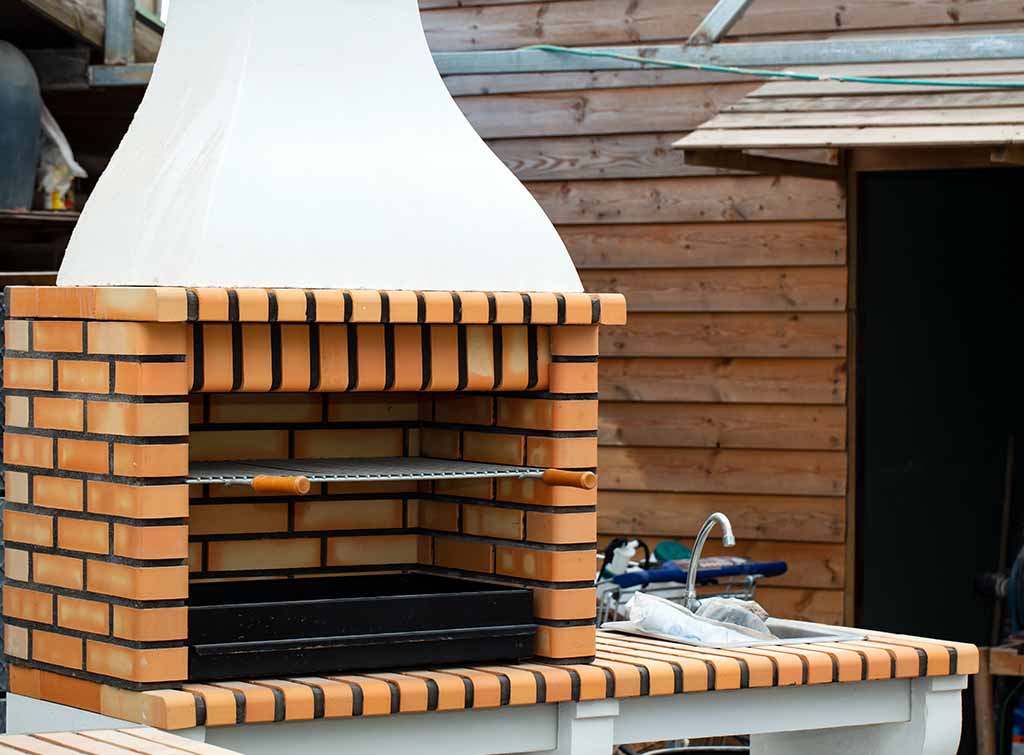Blog>Questions>Plaster boards screwed directly to masonry walls - what to do?
Last updated: 6 August 2025
Plaster boards screwed directly to masonry walls - what to do?
Plaster boards shouldn't be screwed directly into masonry walls. Ideally, you want to create a cavity between the plaster boards and the wall itself, either by using a timber frame or a layer of adhesive. If you find the plaster boards have been fitted directly onto a brick wall, then you'll need to
Plaster boards shouldn't be screwed directly into masonry walls. Ideally, you want to create a cavity between the plaster boards and the wall itself, either by using a timber frame or a layer of adhesive.
If you find the plaster boards have been fitted directly onto a brick wall, then you'll need to remove and refit them.
The best ways to attach plaster boards to a brick wall is to use either the dot and dab method, attach them to timber battens, or use a plasterboard adhesive foam.
Problems with screwing plaster boards directly to a masonry wall
There are a number of issues that can arise when you have plaster boards screwed directly on to a masonry wall. They include:
Uneven surfaces. Uneven wall surfaces can cause your plasterboards to have an uneven surface and the screws may pull straight through the boards.
Damp. If there is any moisture in the brickwork of the wall, it will be absorbed by the plasterboards and cause damp.
Condensation and mould. During cold weather, if the brick wall gets cold it can pass that to the plaster boards, which can cause condensation and increase the risk of mould growing on the surface of the plaster boards.
Fix plasterboard to a brick wall using dot and dab
Here's our quick guide to the dot and dab method of attaching plaster boards to a masonry wall:
Make sure the brick wall is clean and dry
Apply a drywall adhesive to the brickwork in dabs
Push the plaster board(s) against the dabs and level the surface using a spirit level.
Leave the adhesive to fully dry for at least 3-4 hours.
The benefits of using the dot and dab method are that you'll achieve a very flat surface because the boards can be moved easily into the right position and the dabs create a small cavity that reduces the chance of damp, condensation or mould.
See the tradespeople we've checked and recommend for your job
See the tradespeople we've checked and recommend for your job
